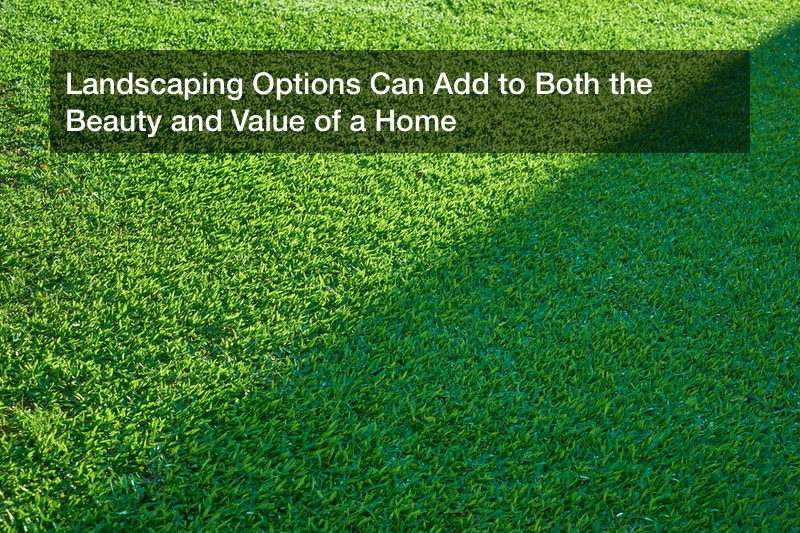
This is the time of the year when most of us are stuck inside and limited to the amount of activities that we can do. For die hard gardeners and landscapers, however, these cold months do not need to be boring. In fact, without all of the pressure of having to do all of the actual work, these colder months are the time to make plans for next year. From reviewing information about what is fill dirt for to making sure that you understand the need for potting soil in new planting areas, it is important to know that planning is often as important as implementation.
Fortunately, when you understand what is fill dirt for and the uses of of various kinds of soil for gardening you can spend your time creating detailed plans for the kinds of projects that you want to complete when you are able to get back outside.
What Are Your Landscaping Plans for the Spring?
If you are a backyard enthusiast then you likely love the idea of planning for your next raised garden or landscaping berm. From topsoils to pea gravel, there are many times when the selection of just the right materials can help you create the very best spaces. In addition to being a great way to spend your time, it is important to realize that many of these choices can also add value to your property, and sometimes even make your home more energy efficient.
We live in a time when appearances matter, so it should come as no surprise that there is an entire industry that is focused on making sure that the landscaping around our homes and our buildings are attractive. From providing shade which can also save on utilities to adding color to the front of a home, both trees and flowers are often incorporated into the places where we live and work.
Although questions like what is fill dirt for may seem simple, it is important to know that understanding the basics can help create the most attractive and sustainable landscaping. Consider some of these facts and figures about the use of landscaping materials and the impact that they can have on the value of a home, as well as its street appeal:
- Soil acidity and alkalinity are measured by pH levels, and the pH scale ranges from 1.0 to 14.0, with 7.0 being neutral. It is important to know the kind of levels that are in the soil in your ares to make sure that you mix in the right kind of top soil so that your plants will grow as much as possible.
- Spending as little as 5% of a home’s value on landscaping may get a return on investment (ROI) of as much as 150%.
- In addition to the proper amount of water, newly planted trees require a circle of mulch between three and four feet in diameter to have their best growing conditions.
- Most experts agree that healthy soil contains 45% minerals, 25% water, 25% air, and 5% organic matter.
- Fertility and texture are the two basic features used to evaluate soil, a product that stores nearly 0.01% of the total water on Earth within its pores.
- Some of the latest research indicate that landscaping can increase a home’s resale value by as much as 14%.
From the basics of knowing what is fill dirt for to making sure that you select the kind blooming plants that work best in your growing region, there are many decisions that need to be made when it comes to landscaping. Topsoil uses and types can vary from one part of the country to the next, however, so it is always in your best interest to make sure that you consult with a professional before making a major investment.
Finding a way to combine your passion and add to the value of your home is a rewarding way to spend your time. Whether you are adding to the value of an older home or you are creating a new landscape plan for a new home, it is always important to spend some time analyzing the soil and understanding the kinds of plants, grasses, and trees that will thrive.

